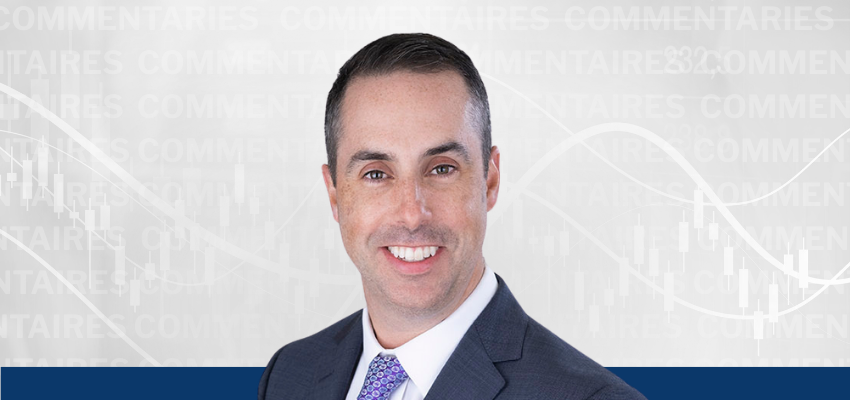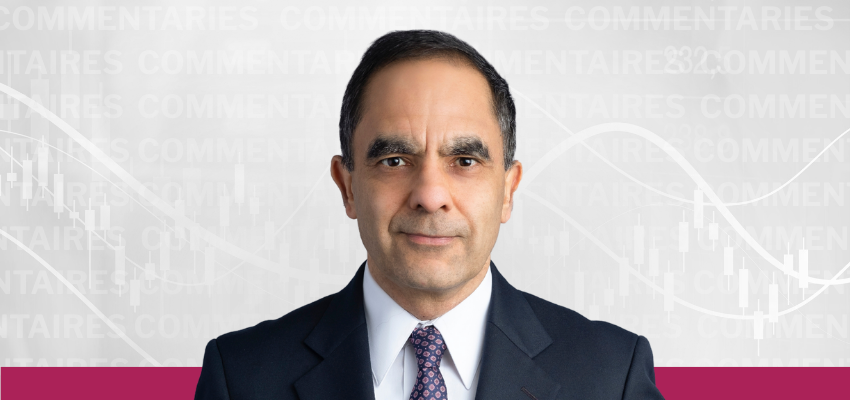Highlights
- Key performance contributors included convertible bonds in Revance Therapeutics Inc., OPKO Health Inc., and Cineplex Inc. Key detractor was Stem Inc.
- We added weight to several lines of existing credits including Crowdstrike Holdings Inc, which we consider an extremely strong credit, and to our existing holdings of Canadian real return bonds.
The Pender Corporate Bond Fund returned 0.9% in August[1]. This good result was achieved within the context of a generally favorable credit market that shrugged off volatility caused by the unwinding of some yen carry trades early in the month.
Key contributors for the period included our position in Revance Therapeutics Inc convertible bonds that surged 45% on an announced takeover bid. Other drivers included a greater than 15% gain in OPKO Health Inc. converts that rallied on the announcement of a large share buyback program and Cineplex Inc. converts which gained on stronger than anticipated theatre attendance.
The performance was partially offset by declines in notes of Stem Inc, which announced disappointing sales and earnings as new utility battery installations were impacted by funding delays in municipal utilities. Although Stem has been a challenging position for us this year, we are convinced of their embedded long-term value as a leader in the battery operating system software business which resulted in us purchasing additional bonds.
The Path Forward… Our Strategy Revisited for the Fall of 2024
An investment strategy has a limited shelf life. Sectors and companies that are unfairly out-of-favour are found and rehabilitated. Trends play out. And the tectonic forces that move markets over longer cycles gradually re-tilt the playing field in favour of different and new opportunities.
Consequently, as investors, we need to readjust frequently. Over the last couple of years, we have made hay in some industrial groups which were victims of the post-COVID momentum bust, a trade we liked to call “Cathie Wood T+2.” We also clipped some serious coupon from the surviving companies of the 2020 negative price episode in the oilpatch. And we rode the rebound in rate-reset preferred shares from their ridiculous lows. But, as they say, that was then. And this is now.
Looking into the market during these fading days of the summer of 2024, we see some new themes emerging. One important driver appears to be the degree to which companies are finding profits harder to generate. Whether it is the lagging effect of higher interest rates or the fading of pandemic era stimulus funding, we observe portfolio companies dealing with fewer customers for their wares and lower prices being paid by the customers they still retain.
Another theme is the trend towards lower policy rates from central banks. So far, the US Federal Reserve had held out from the rate cutting crowd, but after Chairman Powell’s capitulation at Jackson Hole, the die appears cast for the American central bank to follow the scores of others in walking back, at least to a degree, the unprecedently sharp hiking cycle of the past two years.
“We do see a new kind of opportunity in the fall of 2024 aligned with three emerging themes.”
And a final theme that seems worth noting is flagging momentum in some of the more successful trades of the past decade. Investors who favoured American stocks and bonds, whose passive strategies led them into large companies versus small, and who favoured growth versus value, have done disproportionately well. Perhaps too well. And so, we are busy looking at credit exposure in smaller, ex-US value-type companies.
We will have more to say on these themes in future notes, but for now we find ourselves chipping away at positions within a new opportunity set:
- Utilities: With a market that has been so focused upon growth, a sort of shadow effect was that stability of earnings may have been an under-appreciated factor. And so, from this area having been almost a non-category for us a couple of years ago, we now own approximately $90 million of securities of utility companies. And, in utility positions, our emphasis has been on wide-spread or equity-sensitive lines that stand to gain, in our view, the most revaluation from renewed investor attention to the sector.
- US Dollar fade trades: Another characteristic of the recent cycle was a very strong US Dollar. Although purchasing power measures and balance of payments were against the greenback, the Fed’s relatively aggressive funding rate stance may have propped up the USD. With this trend poised to reverse, the runway looks good for some non-US domiciled credits like Petróloeos Mexicanos (Pemex), or precious-metals sensitive holding like Equinox Gold Corp converts.
- Real Estate: Truthfully, it has been hard to find commercial real estate securities in the last year or so where we can build enough conviction to pull the trigger. But lately, the few names where we have exposure to real estate valuations have started to work. And so, we continue to look, in this area, to expand from a small base.
Now, regular readers of these notes will understand that we often make money despite our strategy as opposed to because of it. And we will never let our big picture view prevent us from bending down to pick up a twenty dollar bill we see lying on the sidewalk. But, on the margin, we do see a new kind of opportunity in the fall of 2024 aligned with these emerging themes.
New Positions
In August we added weight to several lines of existing credits including Crowdstrike Holdings Inc, where spreads had widened due to that security software company’s well-publicized outage earlier in the summer. We believe Crowdstrike to be an extremely strong credit, with its cash balance of over $4 billion being more than five times total outstanding debt of $792 million, and with the company’s market cap measuring over $67 billion.
Also, in August we added materially to our holdings of Canadian real return bonds. We believe both real return bonds and TIPS, their American cousins, to offer an attractive combination of security of principal and price growth potential as North American economies grapple with high levels of financial leverage over the coming decade.
Fund Positioning
The Corporate Bond Fund yield to maturity at August 31 was 7.4% with current yield of 5.2% and average duration of maturity‐based instruments of 4.4 years. The Fund holds a 3.4% weight in distressed credit instruments where positions are held for a target value lower than par, and therefore the headline yields of these securities are not included in the foregoing calculation. Cash represented 3.3% of the total portfolio at August 31.
Geoff Castle
September 6, 2024
[1] All Pender performance data points are for Class F of the Fund unless otherwise stated. Other classes are available. Fees and performance may differ in those other classes. Standard Performance Information for the Fund may be found here: https://penderfund.com/solutions/




